How To Spool A Casting Reel
Table of Contents
Step 1: Attach the Reel to the Rod
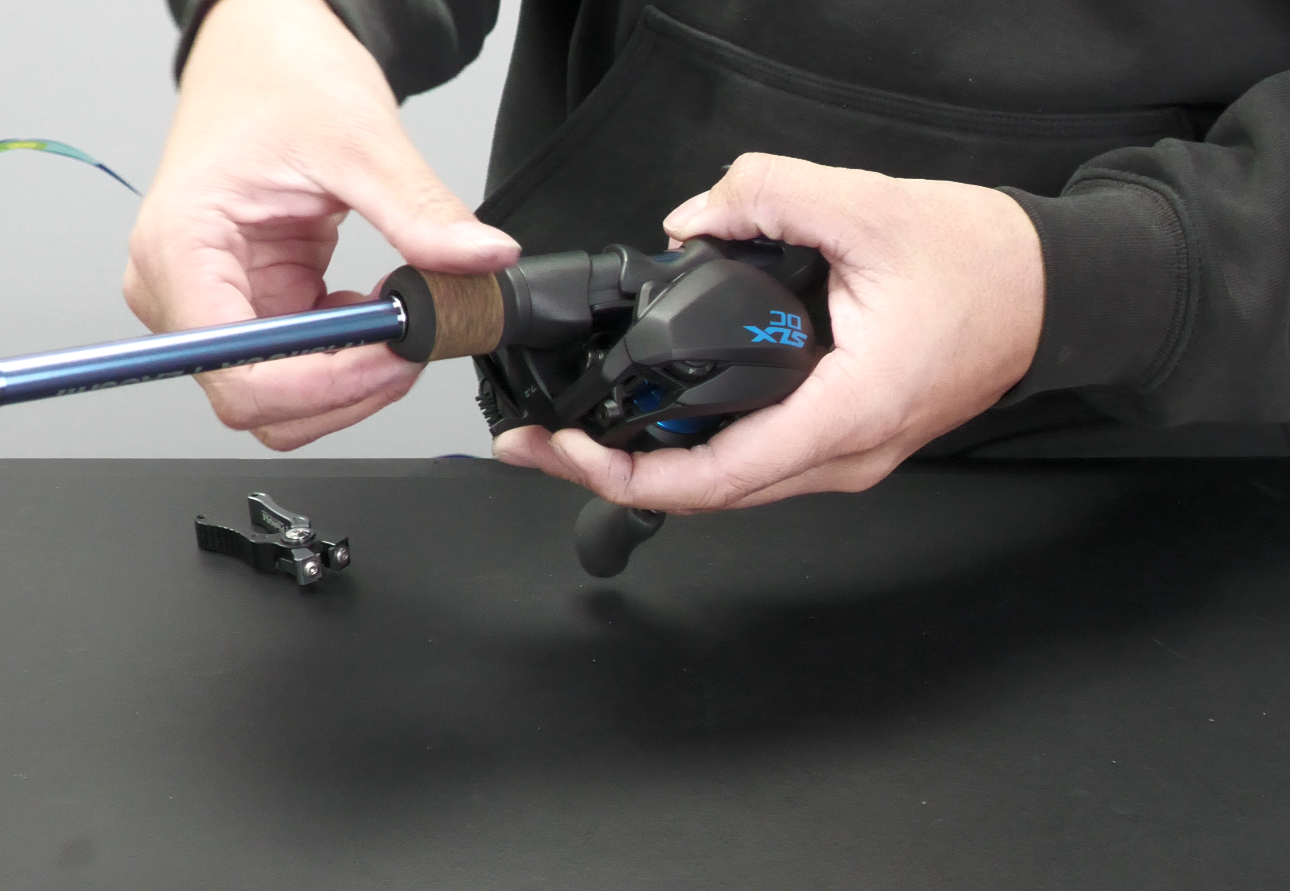
Step 2: Thread the Line
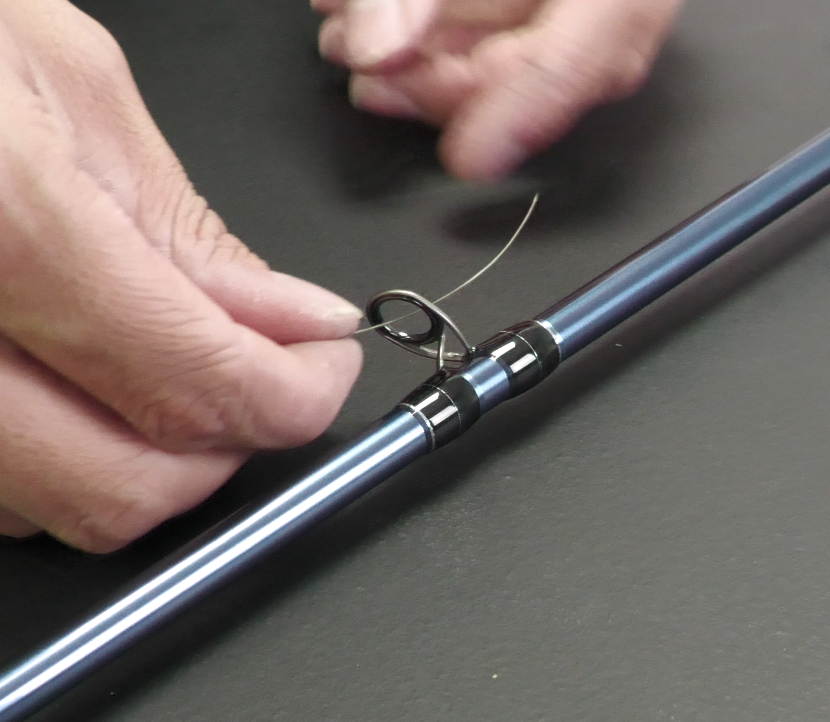
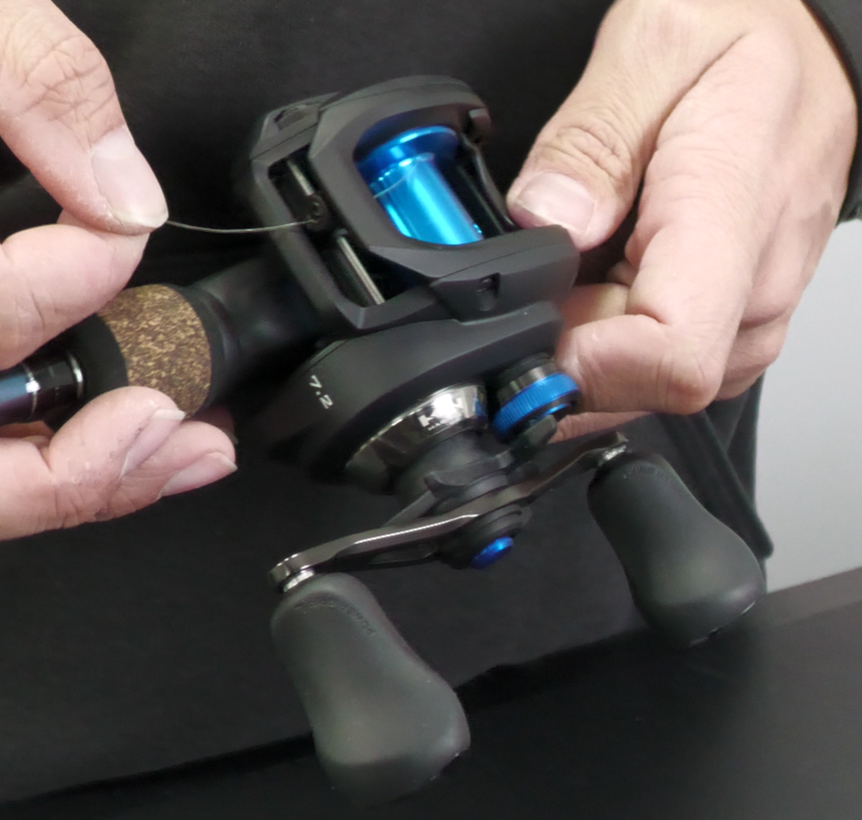
Step 3: Attach the Line to the Spool
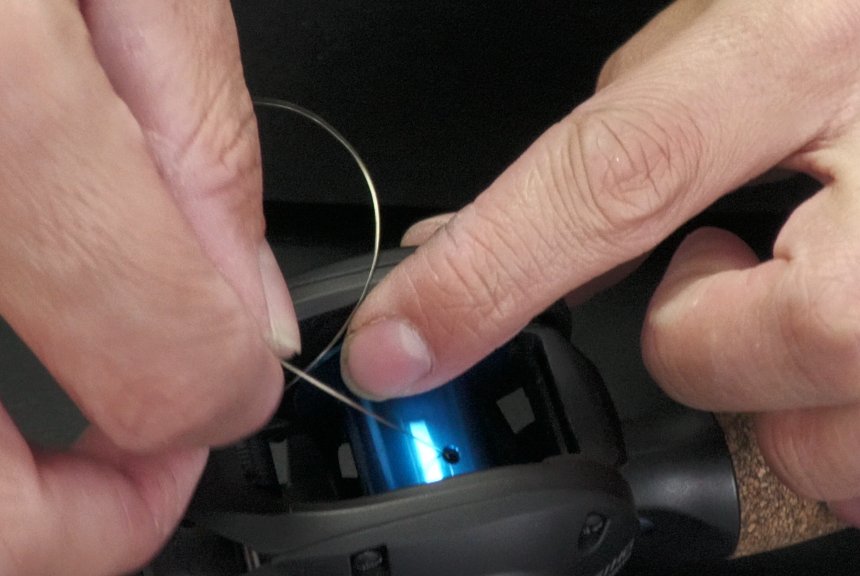
Step 4: Secure the Line
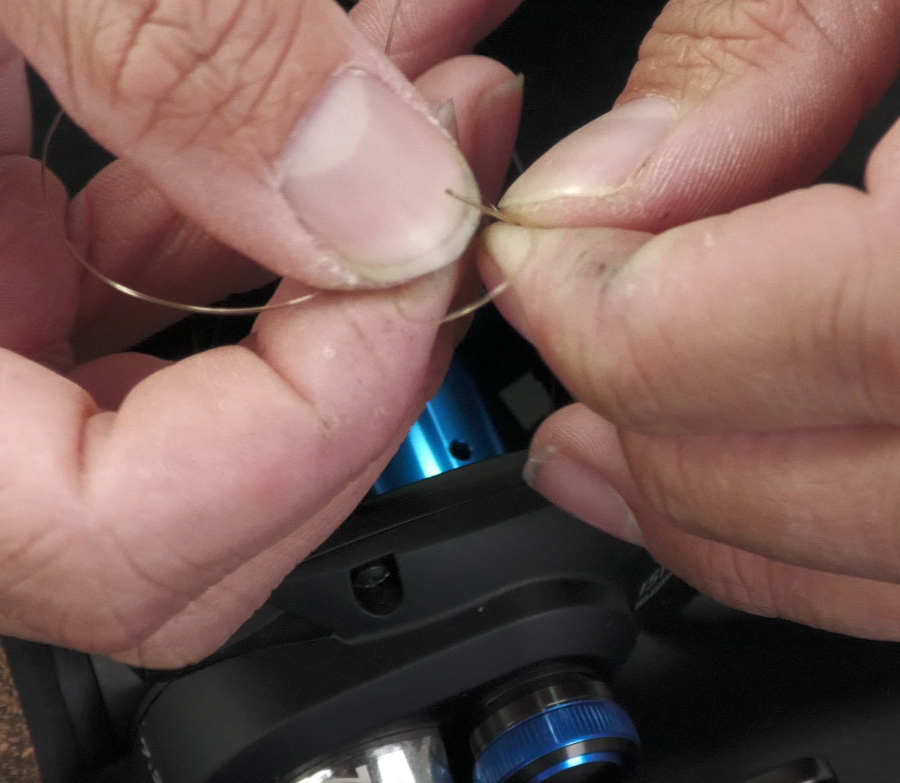
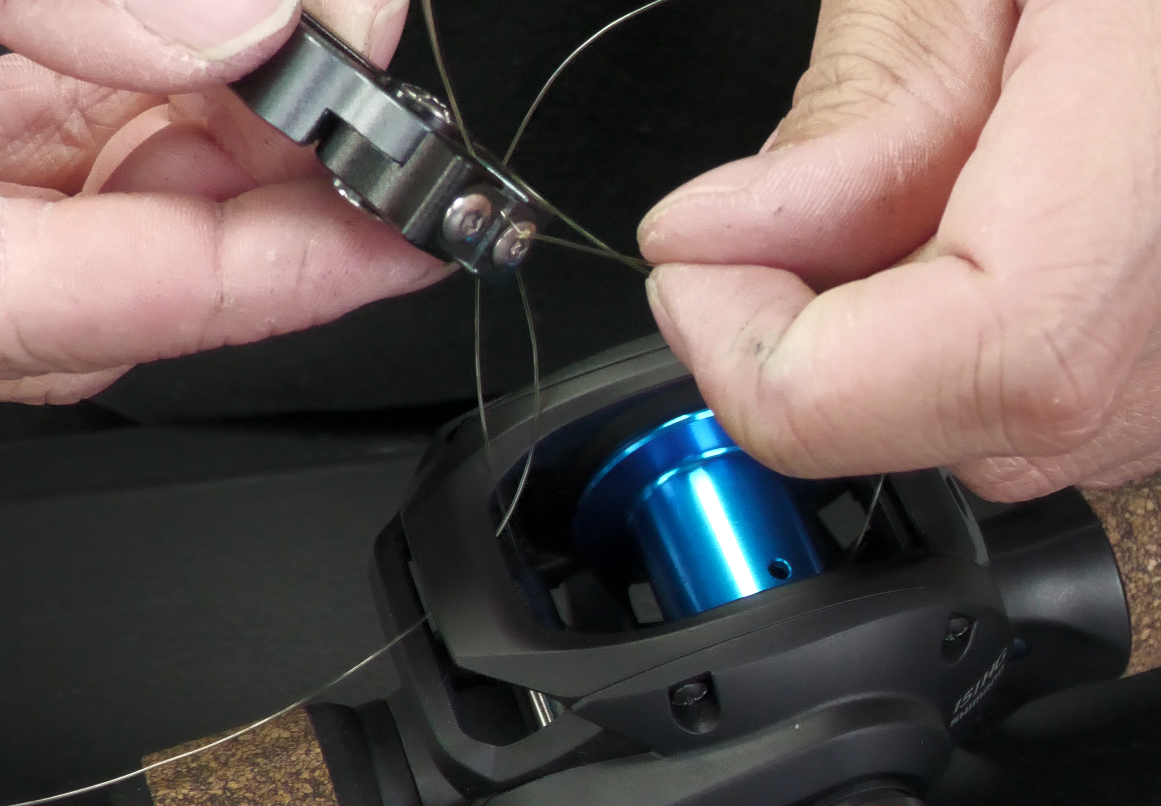
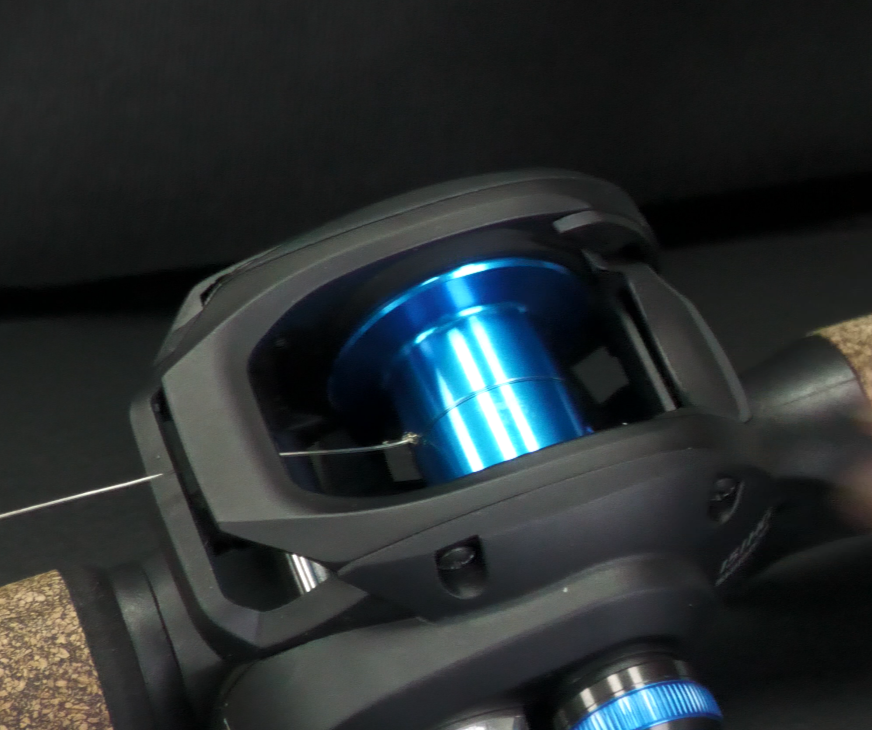
Step 5: Apply Tension and Begin Spooling
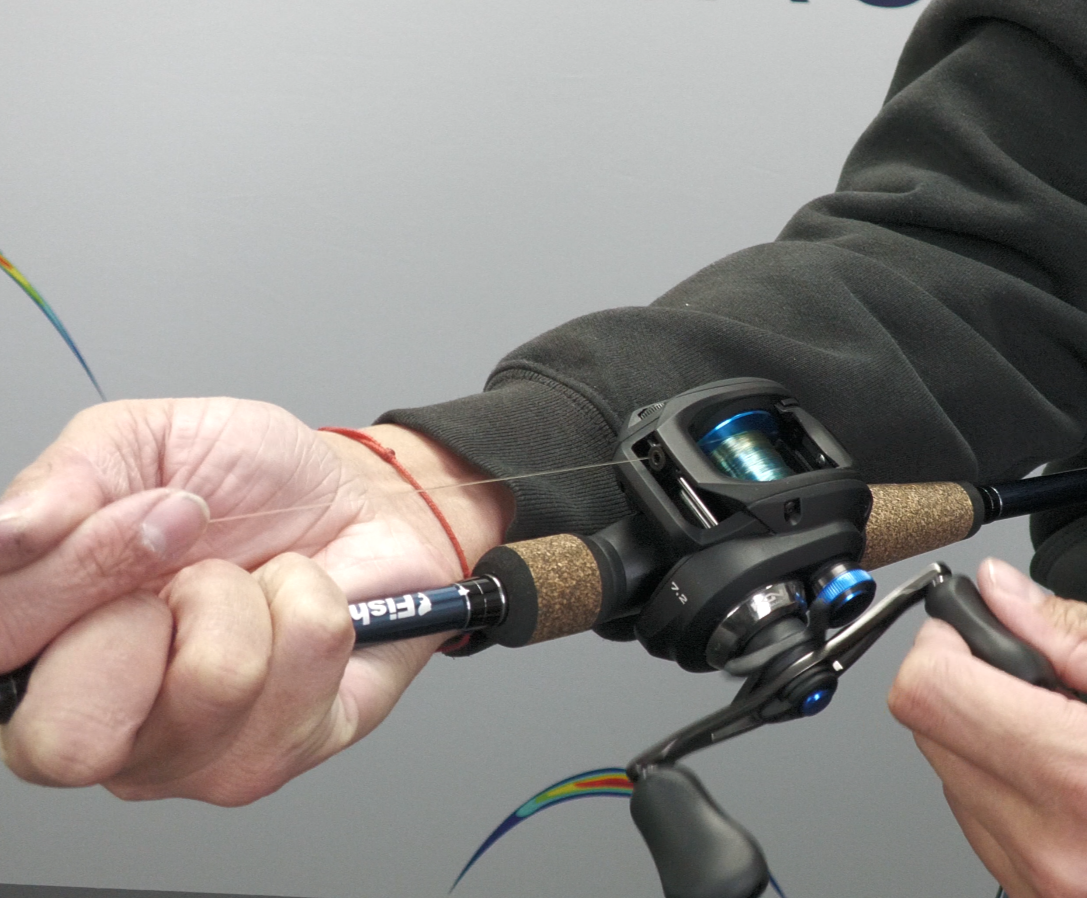
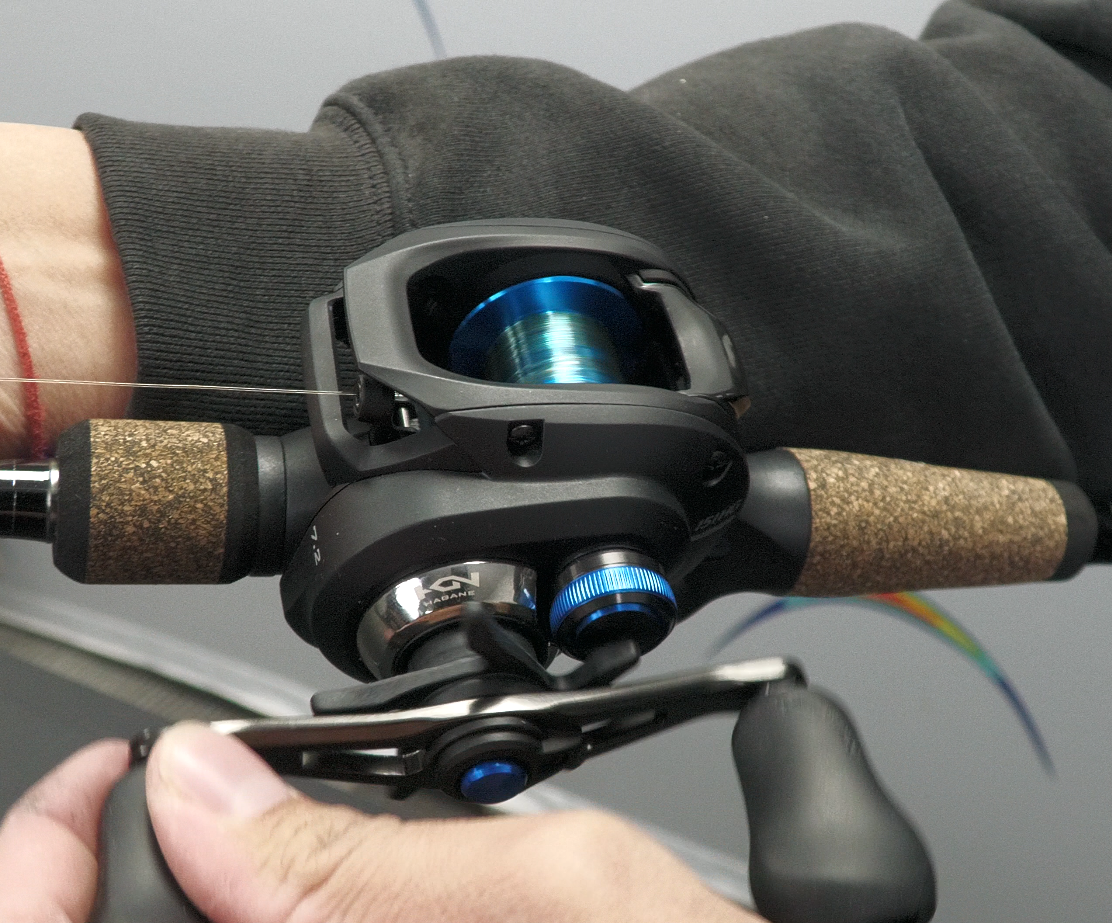
Step 6: Fill the Spool
Step 7: Finalize the Process
Additional Tips
Shop Fishing Gear

